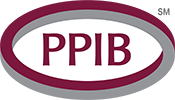Written by: Susan Etter
The United States is rapidly changing from the melting pot that it once was. Now it is much more like an organic, herbal infused smoothie in a blender. The ethnic mixing and multiple heritages that belong to each individual make it much more difficult to classify someone into one of six Fitzpatrick Skin Type categories. It has long been said that you can’t judge a book by its cover. While that may be an overused adage, it certainly applies in the business of laser/ipl treatments.
Once a month our staff participates in a conference call with a number of colleagues that handle laser/ipl claims on our policies. From an insurance stand point, we had always been most concerned with those treatments on Skin Type V & VI. It would stand to reason; skin that has a harder time healing is going to be more likely to have issues if not treated properly. This is coupled with the fact that until the past few years there have only been a few machines manufactured that were intended to treat these skin types. What we have found is of an entirely difference concern.
The biggest problem is truly centered on “misdiagnosing” the skin type to begin with. Most of the claims result from those middle skin types that may be harder to distinguish between than the extremes of a Skin Type I or VI. We find that there are many cases of Skin Type IV being treated as a III, V being treated as a IV and III being treated as a II. When in doubt, a good rule of thumb is to treat as the higher skin type and then increase the settings if the client responds well. Even a spot test is not necessary an indication of how the skin will react as a cheek will respond differently than a forearm on the same person.
Some technicians insist that IPLs are safer than Lasers. However, if you use the wrong settings it doesn’t matter what type of machine you use, you will still injure your client.
For each insurance policy we write, we review the client intake/medical history form provided to clients. These forms include the Fitzpatrick Skin Typing questions, although the majority of the forms coming in include only the shortest form of this: Which describes your skin type? Please circle one.
- Always burn, never tan
- Always burn, sometimes tan
- Sometimes burn, tan somewhat
- Rarely burn, tan with ease
- Moderately pigmented, tan very easily
- Deeply pigmented, never burn.
Is this really enough to go on? At first glance, and based on the above, I would be a Type II. I am, as appearances go, pretty darn light – naturally dirty blonde hair and blue eyes. Most of my body turns red if I spend more than about 30 minutes in the sun, I invest a fortune in SPF 50 sunscreen every year, and am pleasantly surprised if I can see my tan line at the end of the summer – which of course is not really much of a tan. Based on other Fitzpatrick questionnaires out there, I have come up with scores that move me into either a Type I or even Type III. That seems to be a pretty big range to me. One indicates that I would be an excellent candidate for laser/ipl hair removal and one says that I have no business trying to get rid of any hair that way.
Let’s dig a little deeper. For all intents and purposes, I am 75% Irish and 25% Native American, my body hair color varies widely from head to toe, and after a bumpy roller coaster ride and resulting angry sebaceous cyst removal, now know that I can form a keloid scar. Does that change the way you would classify me and subsequently treat me? It should.
State laws around the country vary greatly in regards to laser/ipl treatments and who is qualified to perform them. Some states feel that only doctors are qualified to operate these machines. Some states will allow nurses, some aestheticians and some only if you obtain a laser technician certification. Our experience shows it is less of the degree of the technician that we need to be as concerned about, but more so the training involved before becoming qualified. As with any skill, training, technique, and practice all go hand in hand with becoming a master of your craft. Laser/ipl manufacturers are happy to send a representative out to your facility to provide one day of training on your newly purchased machine. This is fabulous for knowing the ins and outs of how to operate that device. A number of new laser/ipl technicians seem to think this is enough training to start working on the general public. Our experience shows that not to be the case. Some centers are expanding more quickly than perhaps would be prudent if in fact they skimp on training.
Regardless to what the state regulates for training prior to starting to work with lasers/ipls, each technician needs to have time spent in both didactic and hands on training including 1) Types of lasers, the physics behind how they work and the use for each type 2) laser safety for both the client and the technician 3) an in depth discussion of dermis layers, skin types, and tissue interactions on both old and new skin 4) contraindications for treatment related to medical history, drug interactions, and even vitamin/supplement interactions and finally 5) hands on training including use of various laser types and work on a range of skin types.
It is a bit terrifying to see that a number of machines now come with the option to basically push one button and have the laser itself decide on all of the settings. This is akin to the future of self-driving vehicles. Technology is great, but don’t let it to do all of the thinking. Perhaps if a technician is not comfortable adjusting the setting themselves, that might be a sign they need more training.
The other item that has become apparent from these claims calls is that the states where less training is required have a much higher frequency of claims – typically burns or hyper/hypopigmentation – than those states that force their technicians to go through hours and hours of training. Those performing these services certainly do not intend to harm their clients, most just don’t know any better. That coupled with the changing demographics of the world we live in, should be enough for the industry as a whole to shift the way they analyze clientele and work towards becoming more comfortable with fine tuning their craft.
___
Susan Etter joined the Underwriting Team of Professional Program Insurance Brokerage (PPIB) in Spring of 2010. She has a 16 year background in insurance. During this time at PPIB she has developed a strong knowledge of the issues that face MediSpa, Beauty, and Body Art businesses. From this expertise, she is becoming a well-known speaker and writer within these industries, advising ways to develop a successful business and implement procedures to increase loss control and prevention. Susan manages the Underwriting Department at PPIB, and is on the Marketing and Business Development Team.
Prior to working for PPIB, Susan managed a number of independent retail insurance agencies focusing on personal and commercial lines, juggling 10+ companies’ appetites and underwriting guidelines. When she’s not in the office, she’s spending time with her 3 boys running them around to baseball and soccer games.

